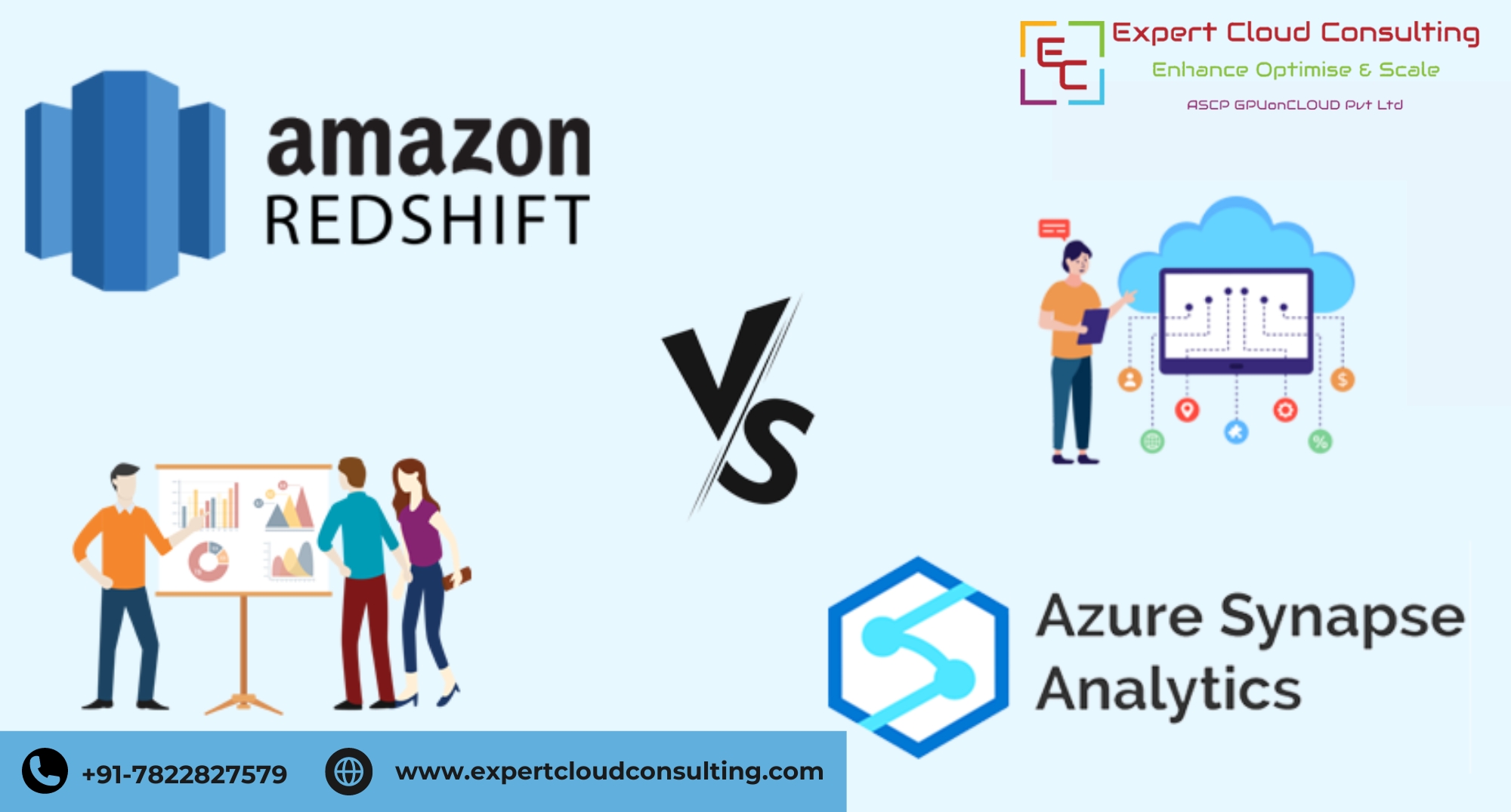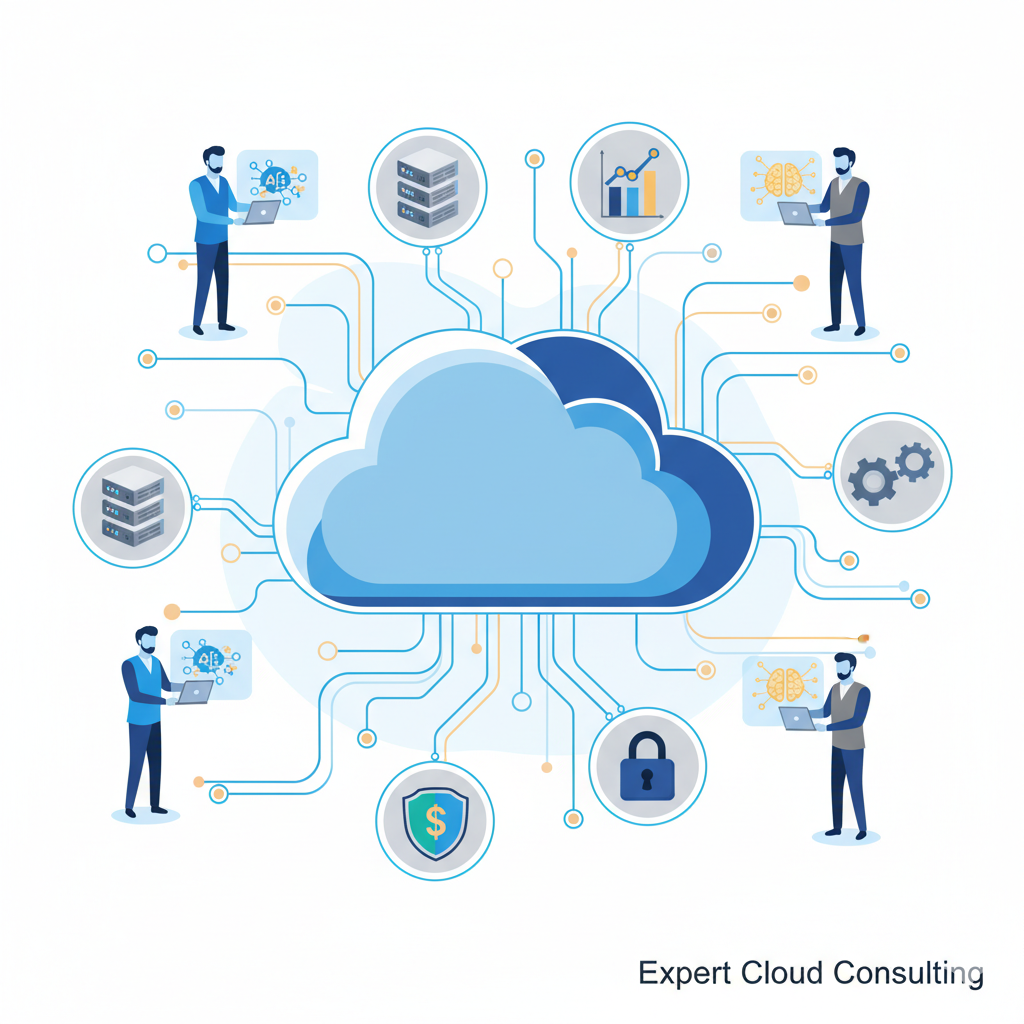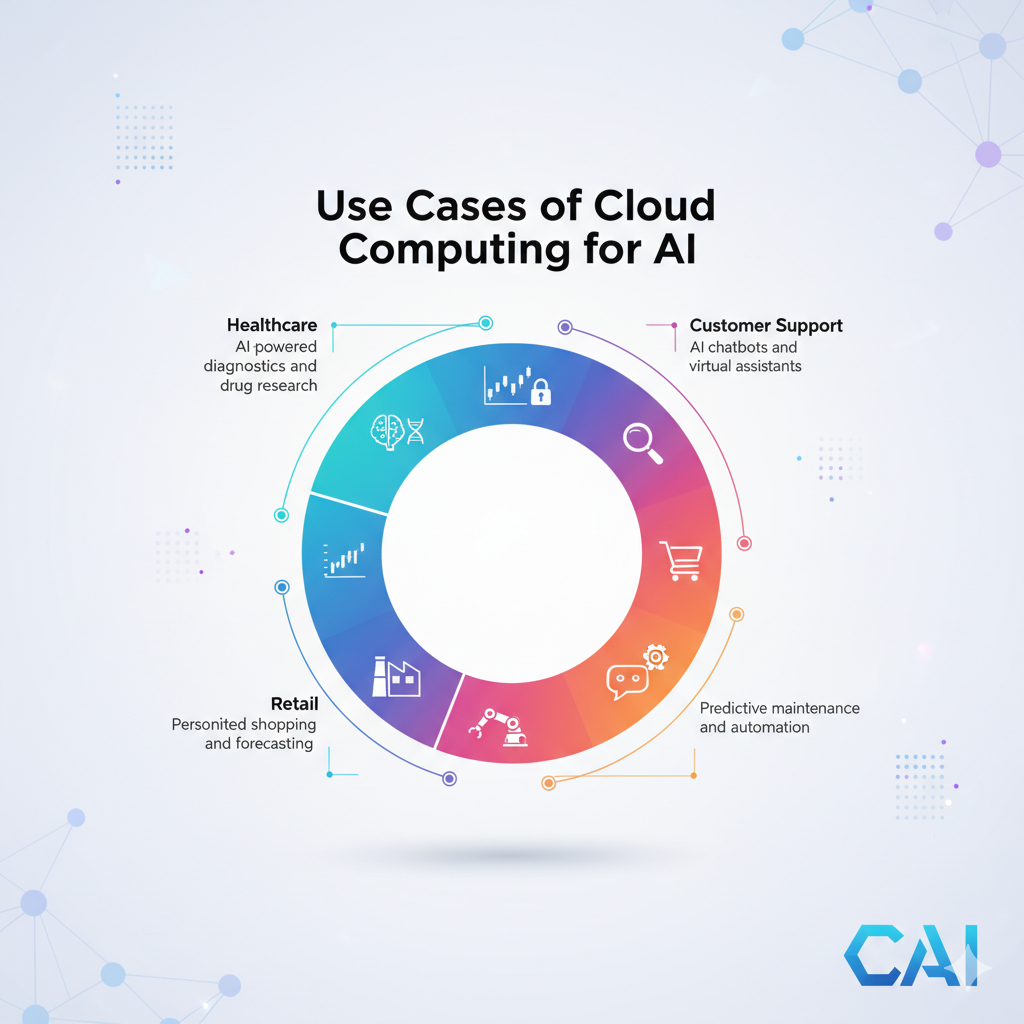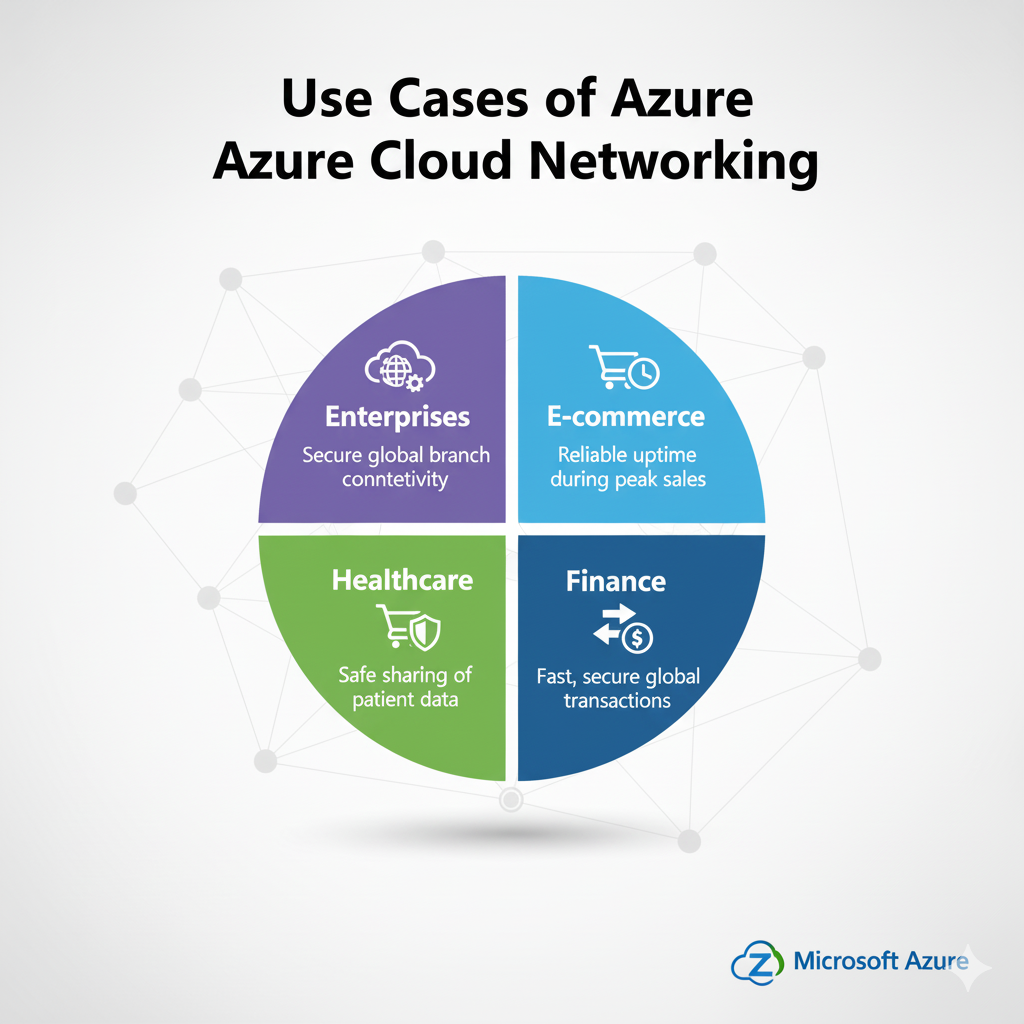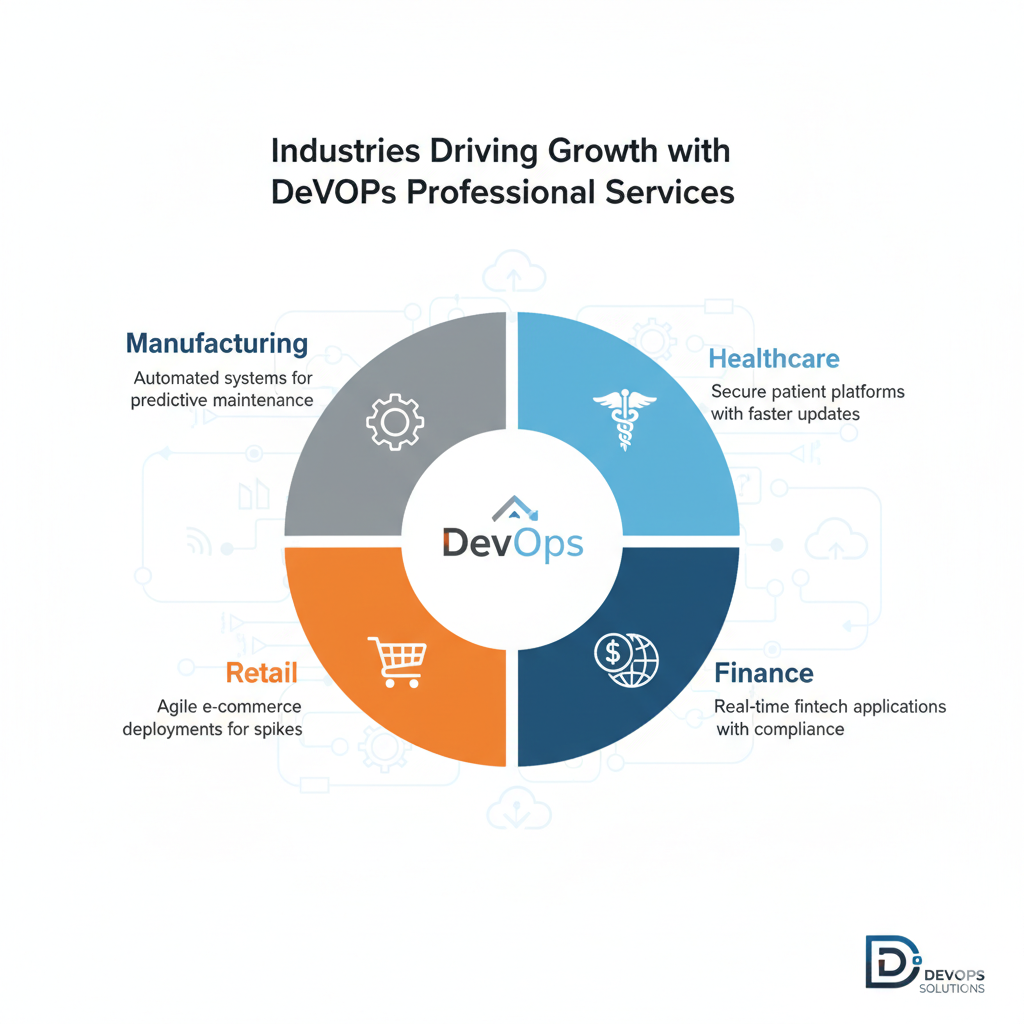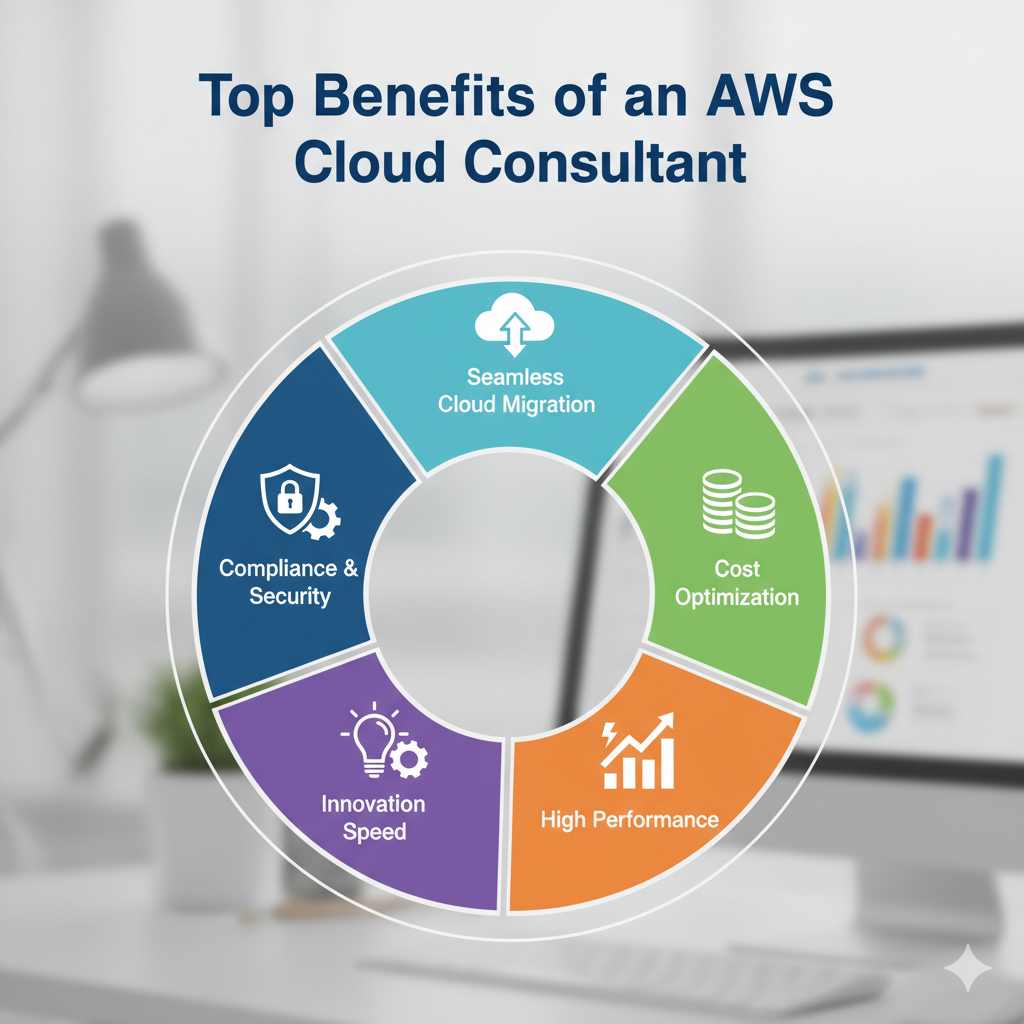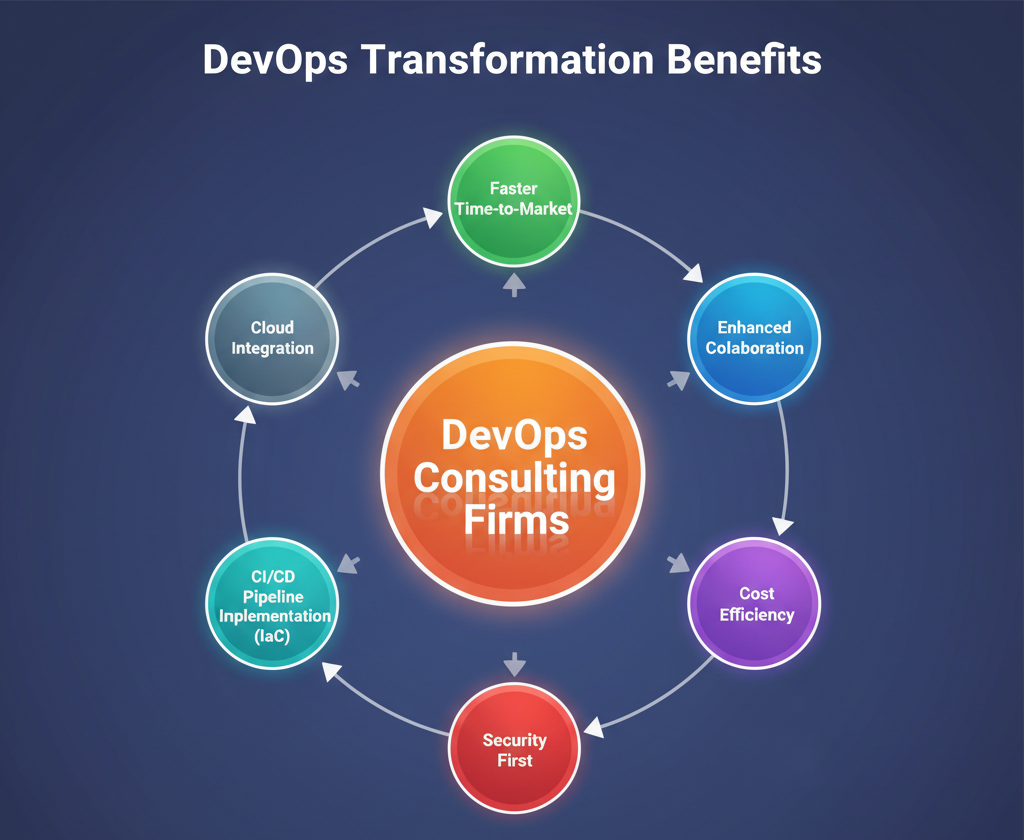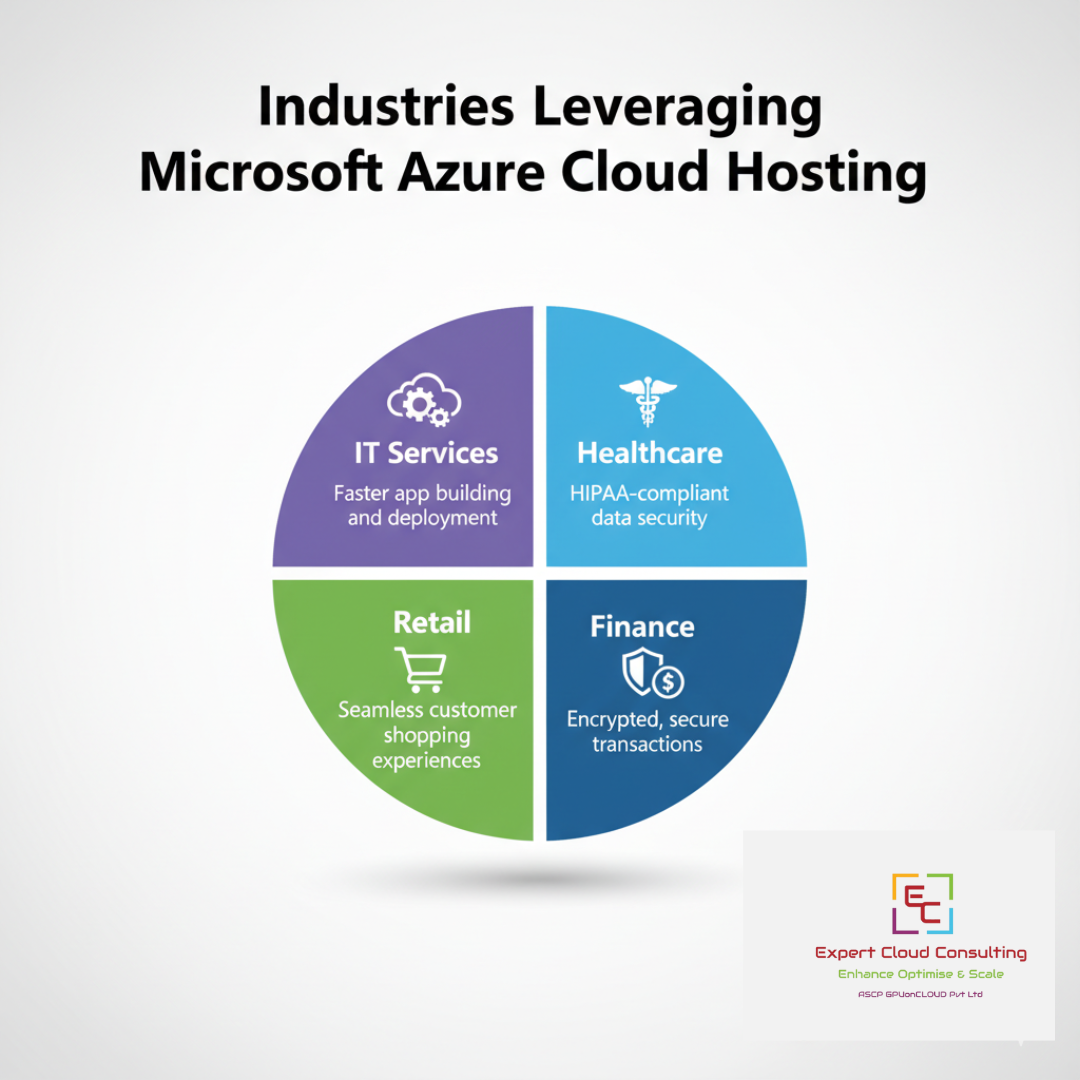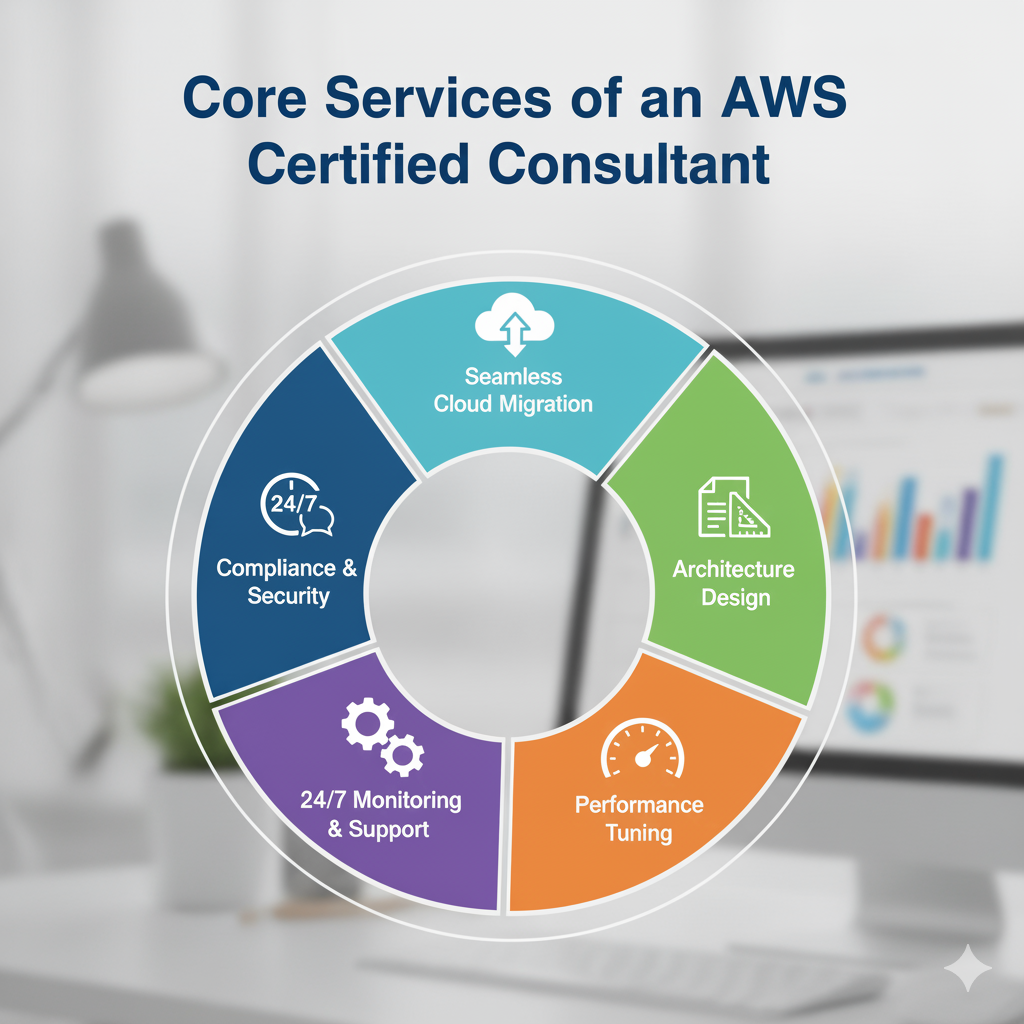- Introduction 🚀As businesses increasingly rely on data-driven insights to inform their strategies, scaling data analytics workloads efficiently becomes paramount. AWS Redshift and Azure Synapse are two leading cloud-based data warehousing solutions that offer robust capabilities for handling large-scale analytics. At Expert Cloud Consulting, where we specialize in AWS and Azure Cloud Consulting Services and DevOps Services, we understand the importance of choosing the right platform for your data analytics needs. This blog compares AWS Redshift and Azure Synapse to help you make an informed decision.AWS Redshift
AWS Redshift is a fully managed data warehouse service designed for large-scale data analytics. It integrates seamlessly with other AWS services, making it a popular choice for businesses already using the AWS ecosystem.
Key Features - Scalability
AWS Redshift offers exceptional scalability. You can start with a single node and scale out to a multi-node cluster as your data grows. Redshift Spectrum allows you to run queries against exabytes of data in S3 without moving the data.
- Performance 🔄
Redshift uses columnar storage and data compression, reducing the amount of I/O needed and improving query performance. It also offers advanced optimization techniques like materialized views and query caching.
Redshift provides a pay-as-you-go pricing model, with options for reserved instances to save costs for long-term workloads. The concurrency scaling feature automatically adds capacity to handle peak workloads without incurring extra costs during idle times.
- Security
AWS Redshift includes built-in security features such as encryption at rest and in transit, VPC isolation, and integration with AWS IAM for access management.
- Azure Synapse
Azure Synapse (formerly SQL Data Warehouse) is a comprehensive analytics service that brings together big data and data warehousing. It integrates deeply with other Azure services, offering a unified experience for data professionals.
Key Features
Unified Analytics
- Azure Synapse combines big data and data warehousing into a single platform. It allows you to query both relational and non-relational data using a unified experience powered by SQL.
- Scalability
- Synapse offers on-demand scalability. You can scale compute resources up or down independently of storage, providing flexibility to manage costs and performance. The serverless architecture lets you perform analytics on demand without provisioning resources.
- Performance
- Synapse uses distributed processing to handle large-scale data analytics efficiently. It includes features like materialized views, result-set caching, and automatic workload management to enhance performance.
- Integration and Ecosystem
Azure Synapse integrates with various Azure services such as Azure Data Lake Storage, Azure Machine Learning, and Power BI. This integration streamlines the workflow from data ingestion to analytics and reporting.
- Comparing AWS Redshift and Azure Synapse
- Performance
- Both AWS Redshift and Azure Synapse offer high-performance analytics capabilities. Redshift’s performance is enhanced by its columnar storage and data compression, while Synapse’s distributed processing and result-set caching provide significant performance benefits.
Scalability- AWS Redshift and Azure Synapse offer robust scalability. Redshift’s scalability is straightforward, with options to add nodes as needed. Azure Synapse provides more granular control with independent scaling of compute and storage resources.
Integration
AWS Redshift integrates seamlessly with the AWS ecosystem, making it a great choice for organizations already using AWS services. Azure Synapse, on the other hand, offers deep integration with the Azure ecosystem, providing a unified analytics platform that spans data ingestion, processing, and visualization.
Cost
Cost structures for AWS Redshift and Azure Synapse vary. Redshift’s pay-as-you-go and reserved instance pricing provide flexibility, while Synapse’s on-demand and serverless options allow for cost-effective scaling. Both services offer features to optimize costs, such as concurrency scaling in Redshift and reserved capacity in Synapse.
Security
Both platforms provide robust security features, including encryption, access controls, and network security. Integration with their respective cloud security services (AWS IAM for Redshift and Azure Active Directory for Synapse) ensures comprehensive security management.
Conclusion
Choosing between AWS Redshift and Azure Synapse depends on your specific needs and existing cloud infrastructure. Redshift is an excellent choice for those deeply embedded in the AWS ecosystem, offering powerful performance and cost management features. Azure Synapse, with its unified analytics platform and deep integration with Azure services, is ideal for businesses looking to leverage a comprehensive analytics solution.
At Expert Cloud Consulting, we are dedicated to helping you navigate these choices to optimize your data analytics strategy. Whether you need AWS or Azure Cloud Consulting Services, or DevOps Services, our expertise ensures that your data analytics workloads are scalable, cost-effective, and secure. Contact us today to learn how we can support your data-driven journey.


